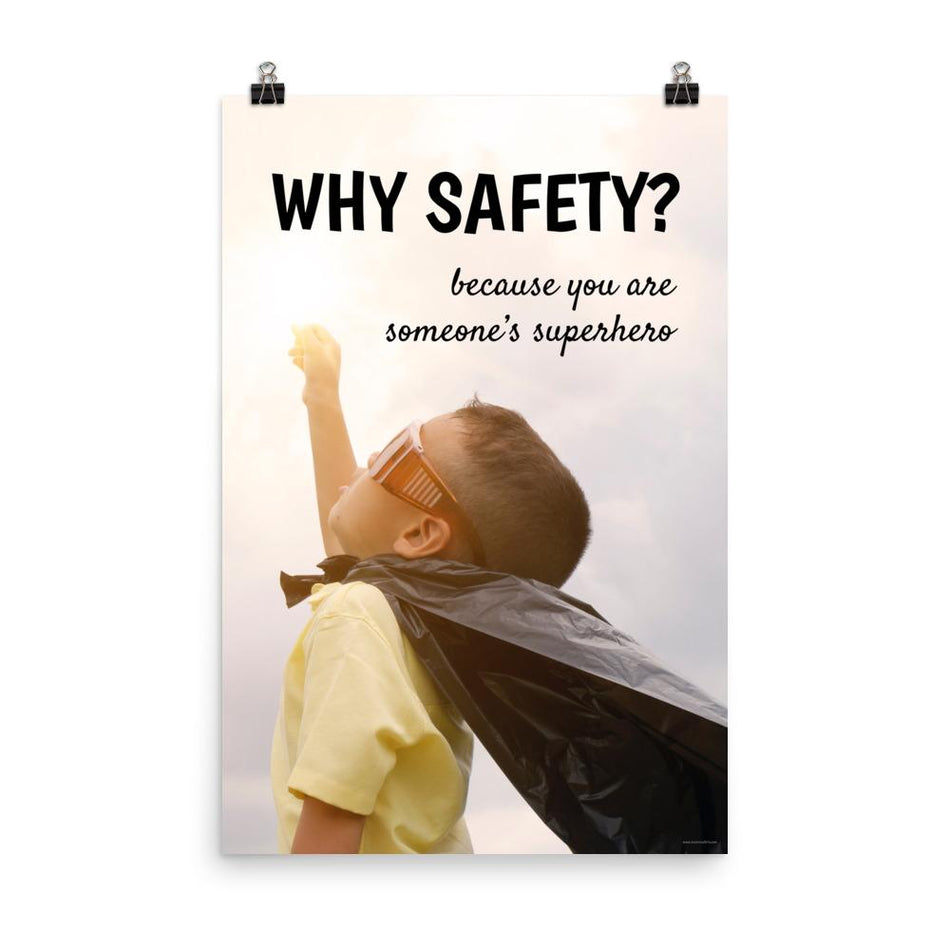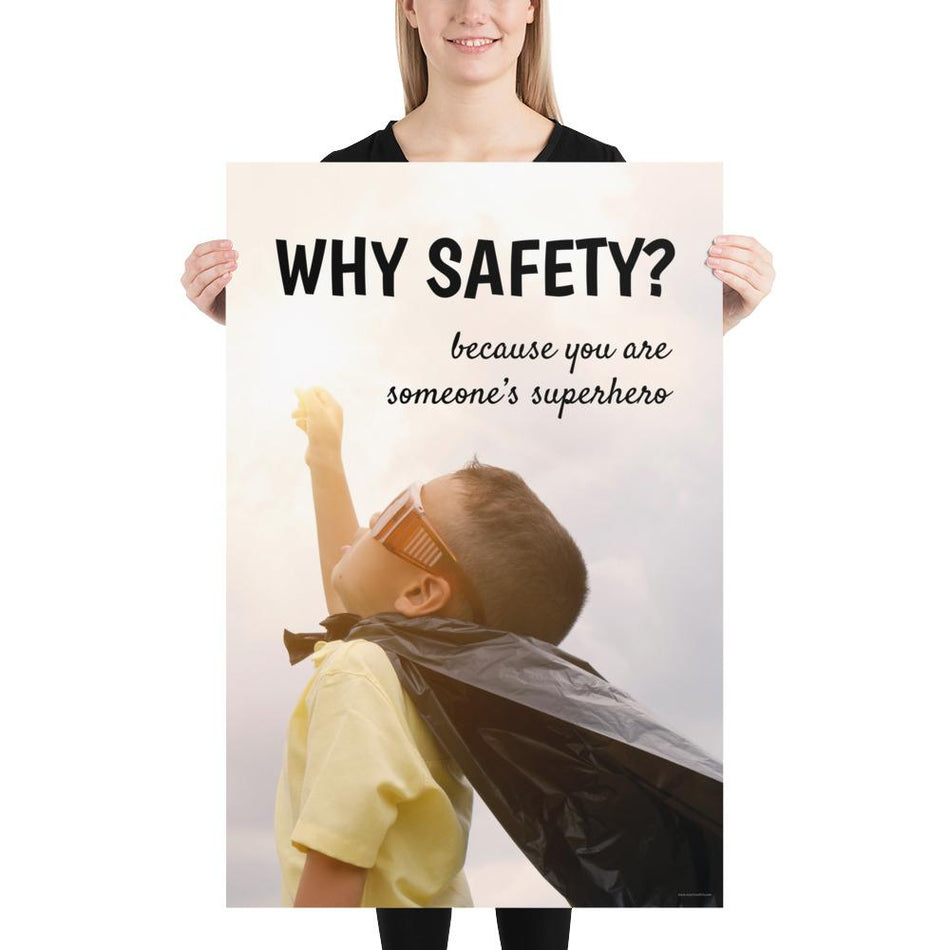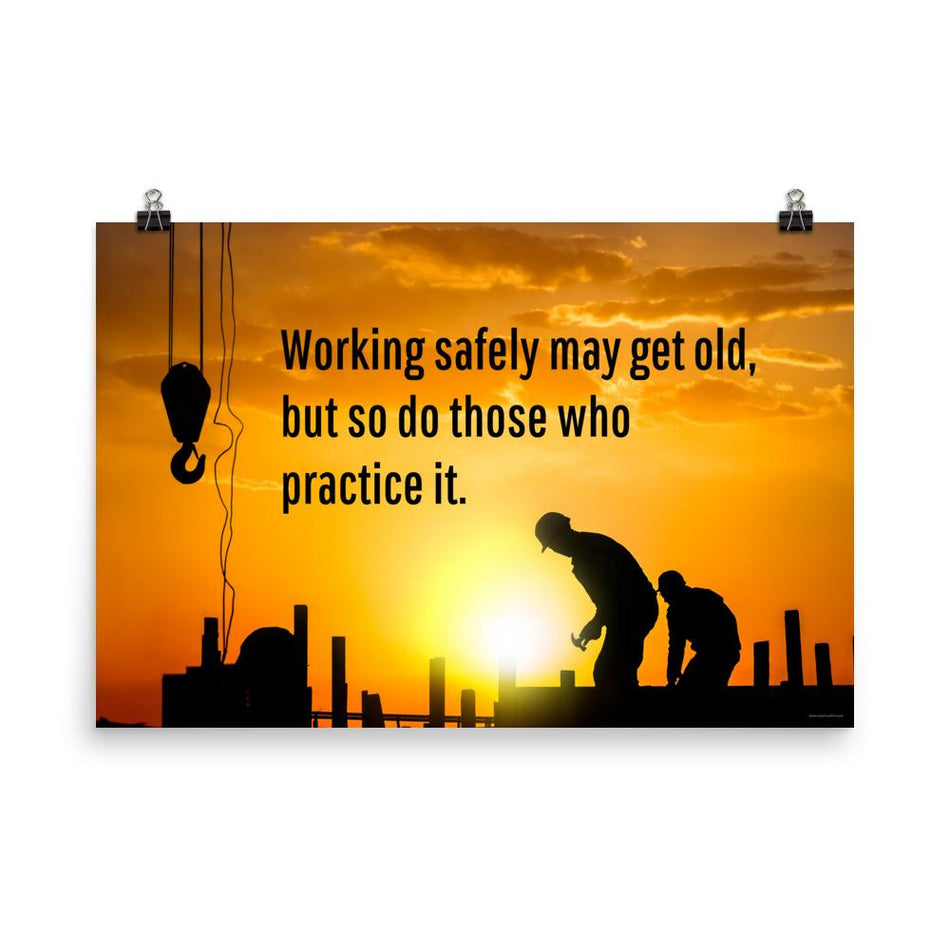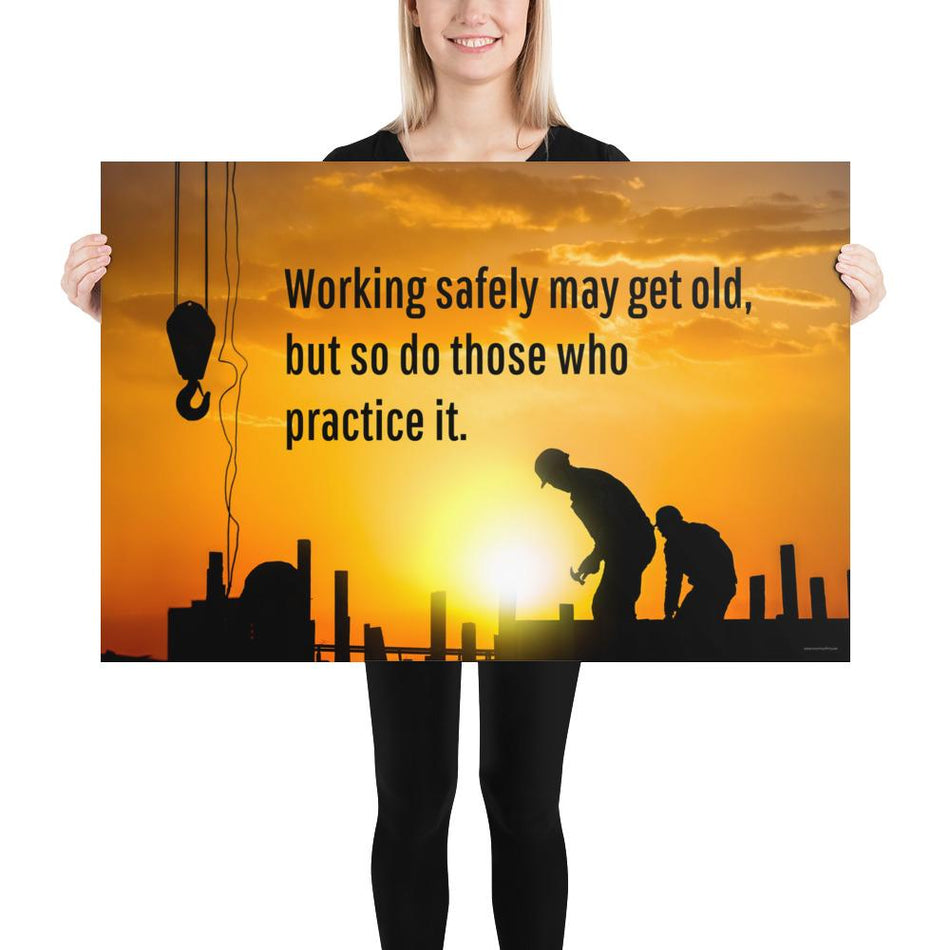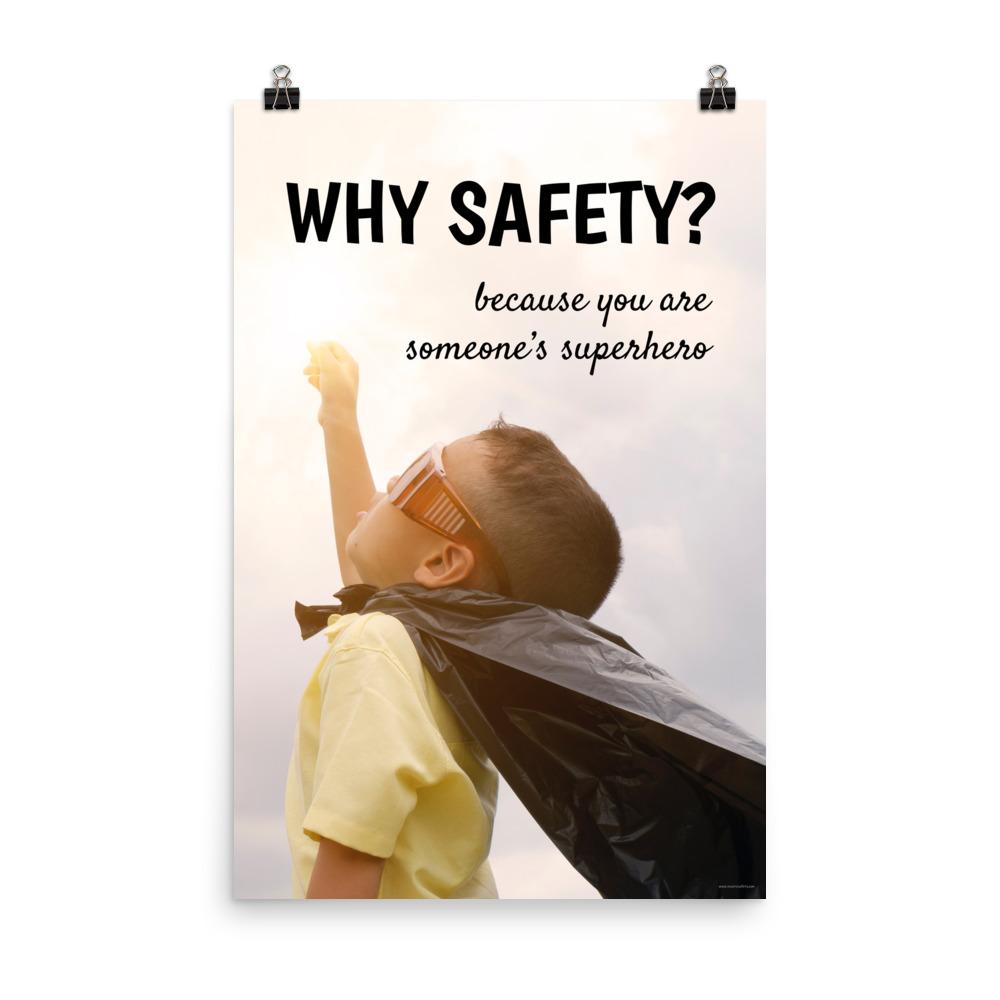Workplace Violence
Workplace violence encompasses a wide range of unacceptable behaviors, from verbal abuse and threats to physical assaults and even homicide. It includes any act where a worker is subjected to abuse, intimidation, or assault in their place of employment.
Workplace violence can involve employees, clients, customers, or visitors and may occur on or off the job site. While there are currently no specific OSHA standards dedicated to workplace violence, the General Duty Clause may apply, making it clear that violence or threats in any form are unacceptable in the workplace.
Every year, approximately 2 million people in the US are victims of workplace violence resulting in nearly 1,000 deaths occurring annually.
Every employee has the right to work in an environment where they are treated with dignity and respect. Likewise, they are responsible for extending the same courtesy to their colleagues.
Types of Workplace Violence
According to the National Institute for Occupational Safety and Health (NIOSH), workplace violence can be categorized into four main types:
Type 1: This involves violence not specifically related to the workers or business, such as during a robbery, shoplifting, trespassing, or acts of terrorism.
Type 2: In this scenario, the perpetrator has a current or past relationship with the business as a customer, client, patient, or student, and their frustration or dissatisfaction leads to violence.
Type 3: This occurs when a disgruntled employee or former employee becomes violent or threatens other employees.
Type 4: Here, the perpetrator seeks out their intended victim at the workplace.
Examples of workplace violence among co-workers can include:
- Verbal abuse and anger-related incidents
- Sabotage, vandalism, or property damage
- Intimidation or threats, whether direct or indirect
- Physical aggression, including pushing or assault
- Psychological trauma
- Harassment or stalking
- The use of weapons
- Arson, rape, or even murder
While it may be challenging to predict every instance of workplace violence, understanding potential warning signs can be crucial. Pay attention if a person exhibits a drastic change in behavior, or if the frequency and intensity of disruptive behavior increase. Particularly concerning are individuals who display multiple warning behaviors rather than just one.
Some of the warning signs include:
- Inability to manage anger, such as frequent scowling, sneering, or slamming doors
- Overreaction to company policies or persistent complaints about unfair treatment
- Aggressive behavior, exaggerated gestures, or clenched jaws and fists
- Unexplained absenteeism, a sudden change in behavior, or a decline in job performance
- Holding grudges or expressing a desire for harm to come to others
- Paranoia, mood swings, or erratic emotional responses
- Depression, withdrawal, or making suicidal comments
- Repeated threats, whether direct or veiled
- Sudden and unpredictable changes in energy levels
- Persistent and unwanted romantic interest in a colleague
- Consistently invading personal space
- Obsession with weapons
- Excessive alcohol or drug use
- Poor personal hygiene or signs of extreme fatigue
There are several challenges in identifying and addressing workplace violence:
- Some employees or managers might ignore warning signs, believing it’s none of their business or dismissing the behavior as typical for that person.
- Fear can lead to incorrect profiling, where someone is unfairly labeled as potentially violent based on factors like religion or appearance, despite no real warning signs.
- Employees might not know the correct procedures to follow or where to seek help when identifying potential risks.
If any employee is concerned about a colleague or anyone else showing signs of potential violence, it’s crucial to report those concerns to a supervisor or the HR department.
Workplace Bullying
Workplace bullying is another critical health and safety concern that can create a hostile work environment. Employees who are victims or witnesses of bullying may suffer emotional, mental, and physical distress, leading to increased stress, absenteeism, and a higher risk of workplace incidents.
Workplace bullying involves repeated, unwanted aggressive behavior and persistent acts of disrespect directed toward an individual. Bullies often have real or perceived authority over their targets, whether due to their position, seniority, job knowledge, perceived power, or even physical strength. Sometimes, this power is based on gossip, lies, or secrets.
Bullying thrives in workplace cultures that tolerate disrespectful behavior. Every employee has the right to be treated with dignity and respect and should expect the same from their co-workers.
It’s important to differentiate between everyday disagreements and actual bullying behavior. Not every rude comment, personality clash, or instance of constructive criticism is bullying. True workplace bullying is characterized by repetitive, negative behavior with the intent to dominate another person. Common bullying tactics include:
- Insults and threats
- Intimidation
- Mockery, condescension, or humiliation
- Gossip and rumors
- Sabotage or wrongful blame
- Shaming, berating, or belittling
- Invasion of personal space
- Tripping or pushing
- Withholding key information
- Stealing credit for ideas
- Interrupting or preventing others from speaking
- Scoffing or making negative comments when others share ideas
Creating a Safe and Respectful Workplace
A zero-tolerance policy for workplace violence and bullying should be in place, covering all employees, contractors, visitors, and anyone who may come into contact with company personnel. It is essential that all workers understand where to find and how to follow their organization’s health and safety program, including any policies on workplace violence prevention and reporting.
All reports of potential or actual workplace violence or bullying should be treated with confidentiality, taken seriously, and investigated promptly.




